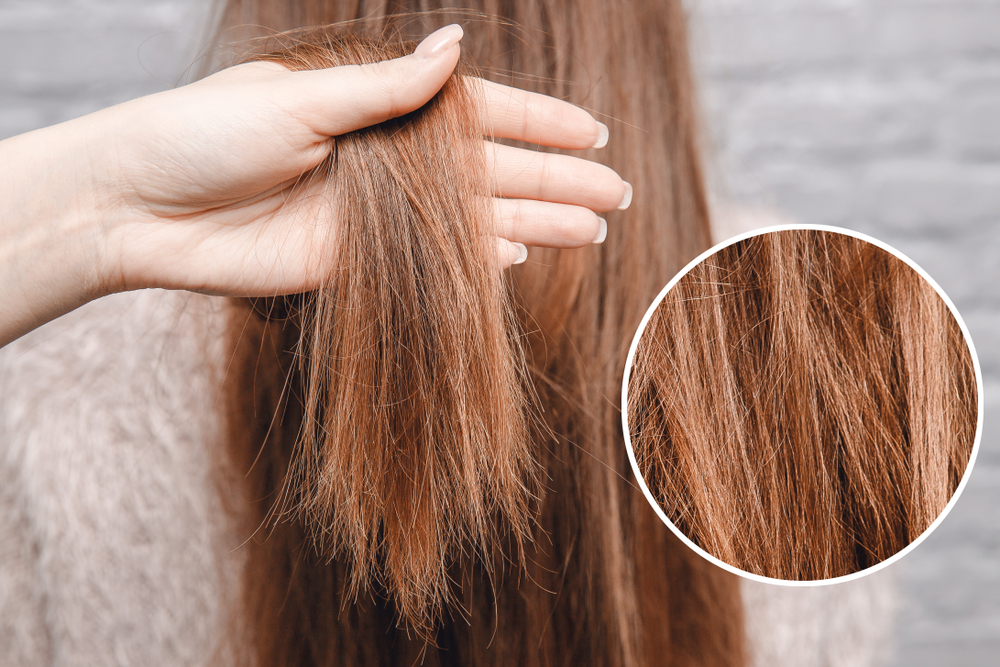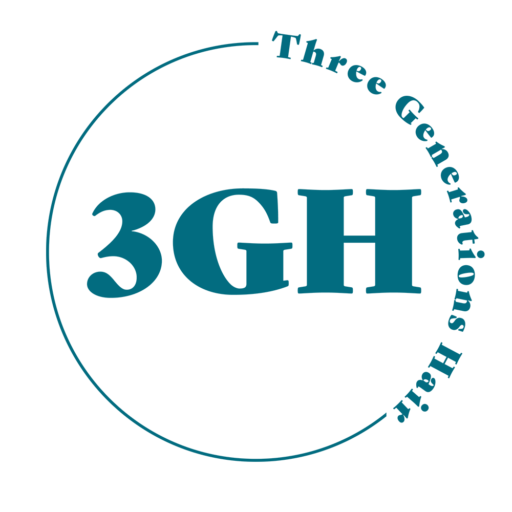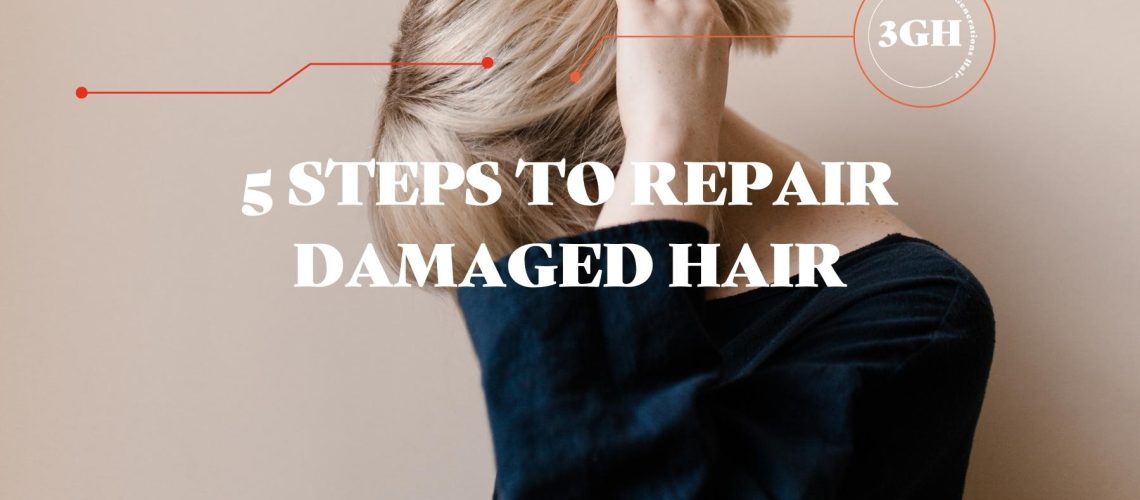5 Steps to Repair Damaged Hair
Want to find out best 5 steps to repair damaged hair? Damaged hair can be a frustrating and unsightly problem. Whether it’s caused by excessive bleaching, dyeing, heat styling, or an unhealthy diet, damaged hair can leave your locks looking dry, brittle, and unruly. The good news is that there are steps you can take to repair damaged hair and prevent future breakage. In this article, we’ll be sharing five simple and easy-to-implement tips for repairing damaged hair and restoring it to its former glory.
From regular trims and deep conditioning treatments to heat protectants and healthy hair habits, we’ve got everything you need to know to get your hair back on track. So, if you’re tired of dealing with damaged hair, read on to learn how to repair it and keep it looking healthy and beautiful.
By following these simple and easy-to-implement steps, you’ll be able to repair your damaged hair and set yourself up for success. Whether it’s through regular trims, deep conditioning treatments, heat protectants, maintaining a healthy diet, or developing the right hair care routine, these tips will help you restore your hair to its former glory and keep it looking healthy and beautiful. With a combination of knowledge and simplicity, you’ll be able to repair damaged hair and achieve your desired results.
Short Answer
Extremely damaged hair is usually permanently damaged. Using hair serums will definitely help with your hair’s appearance. You can do steps to make your hair stronger and while new healthy hair is growing out. It is very important to learn the right steps to take care your new growth so further damage is prevented. So here’s 5 steps to repair damaged hair:
1. No Hot Tools
Using high heat styling tools, such as flat irons and curling irons, can be a major cause of hair damage. The heat from these tools can open the hair cuticle, leaving it weak and prone to breakage. To reduce heat damage, try to use hot tools as infrequently as possible and keep a safe distance from your hair when using them. When drying your hair, use the lowest heat setting possible and avoid using hot tools on wet hair, as it is at its most vulnerable state.
Using a heat protectant spray can also help to shield your hair from the damaging effects of heat. Additionally, consider looking up “no heat” styling ideas on Pinterest, such as braids, which can be a great way to style your hair without relying on hot tools. If you would like to know more tips for using hot tools in a safe way for your hair you can find it HERE.
2. Get Regular Trims
Trimming your hair is one of the most effective ways to get rid of damaged hair. Scheduling regular trims can help to remove dry and split ends, and keep new growth healthy. Even if you only trim a little bit at a time, over time you will notice a big difference in the health and appearance of your hair.
This step is crucial if you want to have beautiful, healthy hair. To make sure you stick to a trimming schedule, consider pre-booking your next appointment so you have it already scheduled and you are less likely to forget. By doing so, you will be taking the first step in repairing your damaged hair and keeping it healthy in the long run.
3. Hair Masks or Hot Oil
Using a deep conditioning treatment, such as a hair mask or hot oil treatment, can be an effective way to restore moisture and hydration to damaged hair. These treatments can provide your hair with the vitamins and minerals it needs to repair itself, and can help to penetrate the hair shaft and reach the hair cortex.
To get the most out of your treatment, apply it when your hair is warm, as this can help the ingredients to penetrate more effectively. You can wrap a warm towel around your hair or use a shower cap to create heat, or use hot oil treatments that are already warm.
It’s important not to rush the process and let the treatment sit on your hair for the recommended amount of time, this will enable the ingredients to fully penetrate and nourish your hair. Additionally, doing a hair mask or hot oil treatment can be a relaxing and indulging experience, so take your time and enjoy it.

4. Skip Washes
Our scalp produces sebum, which is an oil that contains cholesterol, protein, and fat. These ingredients are essential for keeping your hair moisturized.
However, over-cleansing your hair can strip it of its natural oils, leaving it dry and brittle. To avoid this, try washing your hair less frequently. If you’re used to washing your hair every day, it may take a couple of weeks to train your hair to go longer between washes, but the benefits are worth it.
By washing your hair less, you’ll be conserving water, spending less money on hair products, and being kinder to the planet. On the days you don’t wash your hair, you can use dry shampoo to refresh your hair and add volume. A trick I like to use is to apply dry shampoo before going to bed, it will make your hair smell nice and won’t look greasy in the morning.
5. Conditioner first
When using conditioner on your damaged hair, it is best to apply it before shampooing. This is because damaged hair is extremely fragile and can break easily, especially when wet. When your hair is wet, it is at its most vulnerable state and is more susceptible to breakage.
Applying conditioner first can help to protect your hair from further damage by coating the hair shaft and making it stronger. The conditioner will also help to detangle your hair, making it easier to comb through without causing breakage. After applying conditioner, you can then shampoo your hair as usual, making sure to use a gentle, sulfate-free formula. This will help to cleanse your hair without stripping it of its natural oils, leaving it moisturized and healthy.
To apply conditioner first, first wet your hair thoroughly, then apply the conditioner on the ends of your hair, focusing on the most damaged areas. Then, apply shampoo to your scalp and lather, making sure to avoid the ends of your hair. Rinse out all the products thoroughly.
You can then repeat the shampoo step if needed, but only on the scalp and then again apply conditioner on the ends of your hair. By following this method, you will find that your damaged hair will be much smoother and more hydrated after washing.
Final Thoughts
In conclusion, damaged hair can be frustrating, but it is possible to repair it and restore it to its former glory. By using the right products and implementing a proper hair care routine, you can nourish your hair with the vitamins and minerals it needs to repair itself.
Trimming your hair regularly, using deep conditioning treatments, protecting your hair from heat, maintaining a healthy diet, and washing your hair less frequently can all help to repair damaged hair and prevent future breakage.
Remember that damaged hair is fragile and needs extra care and attention, but by being consistent with your hair care routine, you will be able to achieve beautiful, healthy hair. With the right steps and by giving your hair TLC, you will be able to repair your damaged hair and prevent future damage.
Extremely damaged hair is usually permanently damaged, so it is important to focus on repairing the hair and preventing future damage.
Using hair serums and other nourishing products can help improve the appearance of damaged hair. Regular trims, deep conditioning treatments, heat protectants, maintaining a healthy diet, and washing hair less frequently can all help to strengthen damaged hair and promote new healthy growth. It is important to learn the proper hair care routine to take care of new growth to prevent future damage.
For more tips click here!


